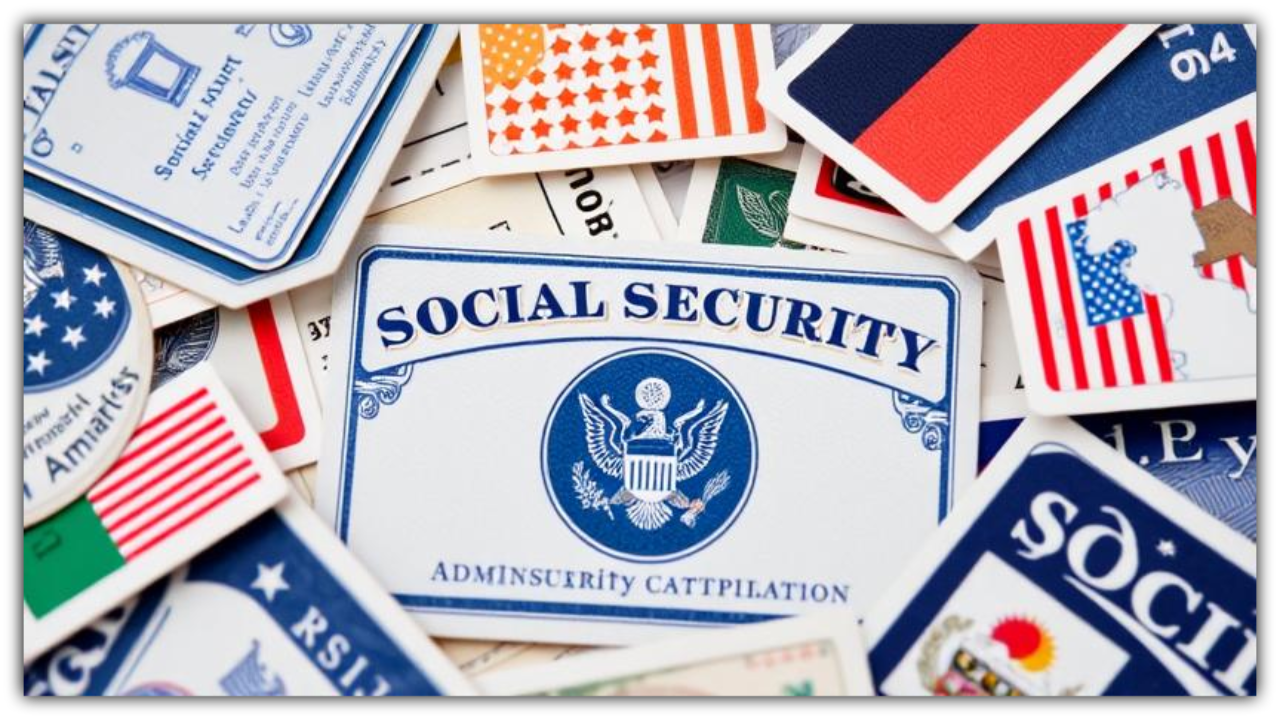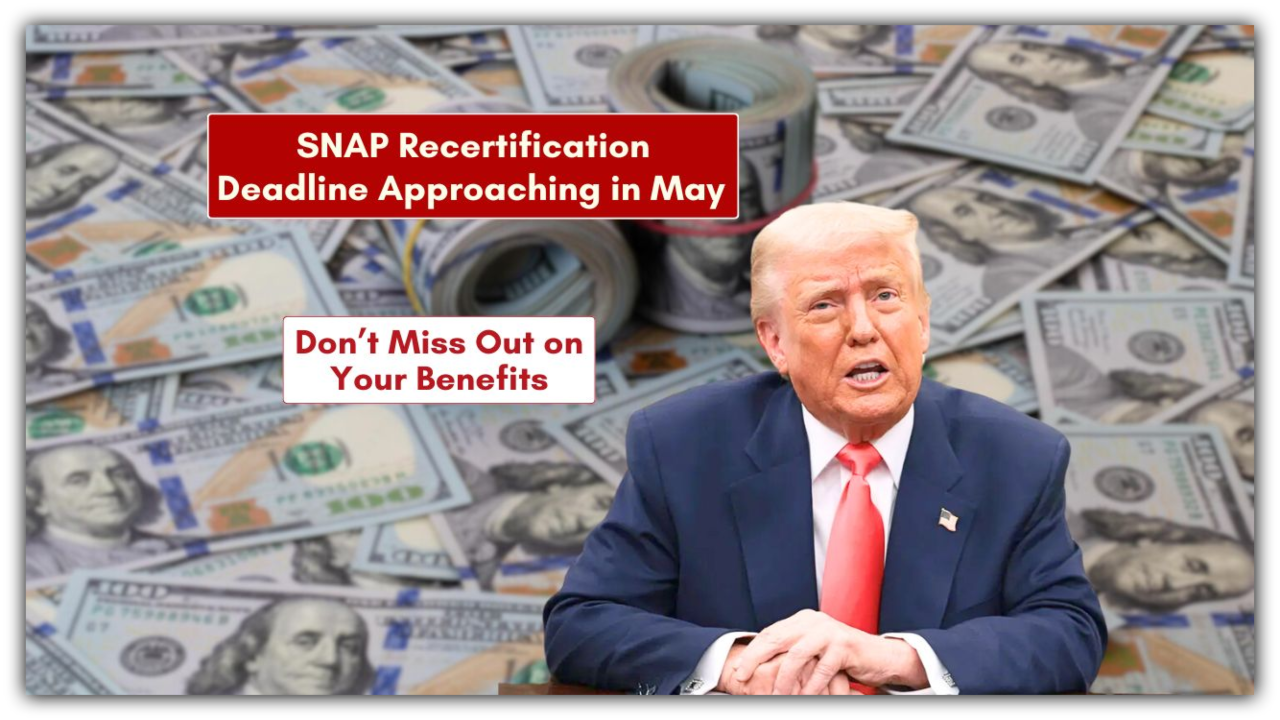In recent weeks, scammers have been impersonating the IRS, attempting to fool Americans into believing they are eligible for a $1,400 stimulus check. The scam has been spreading through emails, text messages, and phone calls, and authorities are warning the public to be on high alert. Here’s everything you need to know about how the scam works, what to look out for, and how to protect yourself.
The scam is simple: fraudsters send out messages that look like they are from the IRS, claiming that you’re due an additional $1,400 payment. To receive this “stimulus,” they ask for sensitive personal information, like your bank account number, Social Security number, or even a fee to “process” the payment. Of course, this is a scam – the IRS will never ask you to pay fees for stimulus checks or ask for personal info in unsolicited communications.
What Makes This Scam Dangerous?
The scam is especially deceptive because it uses the IRS’s name and official-sounding language, making it easy to mistake for legitimate communication. It preys on confusion surrounding government relief programs and the timing of payments, exploiting the fact that many people are expecting or hoping for additional financial assistance.
To make matters worse, the messages often use urgency to trick people into acting quickly without thinking. You might be told that the payment is time-sensitive, and you need to act immediately to claim it. Scammers are hoping that a sense of urgency will push you to provide your personal details without questioning the message.
How Can You Spot the Scam?
There are several clear signs that the message you’re receiving is a scam. Here’s what you should watch out for:
- Unsolicited communications: The IRS will never reach out to you by email, text, or phone call without you initiating contact.
- Requests for payment: Legitimate stimulus payments do not require any fees or payments to be released.
- Urgent language: Messages that pressure you to act quickly or face losing out on a payment are a major red flag.
- Links or attachments: Be cautious of any links in unsolicited messages asking for personal information.
What Should You Do If You’re Targeted?
If you’ve received a suspicious message or fear you may have fallen victim to this scam, here’s what you should do:
- Report the Scam: You can report any fraudulent IRS communication to the IRS directly through their website.
- Monitor Your Finances: Check your bank accounts and credit card statements for any signs of unauthorized transactions.
- Don’t Respond: Avoid replying to any suspicious messages, and never provide your personal details.
- Verify Communications: If you’re ever unsure whether a message is from the IRS, contact them using the official contact information found on their website – don’t trust any phone number or email address provided in the message.
How to Protect Yourself Moving Forward
As scams like this continue to evolve, it’s important to stay vigilant. Here are some simple ways to protect yourself:
- Don’t share personal information with anyone unless you’re absolutely sure it’s legitimate.
- Always check official government websites (like IRS.gov) for updates and information.
- Set up strong, unique passwords for all your accounts, and enable two-factor authentication when possible.
The IRS is continuously working to keep the public informed about stimulus payments and tax filings, but scams like these can still trick people. By staying informed and cautious, you can help protect your personal and financial information from fraudsters looking to take advantage of the situation.




